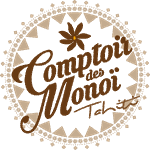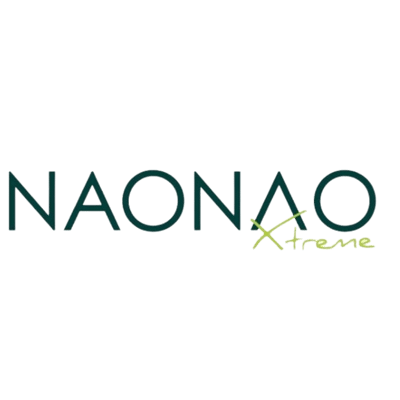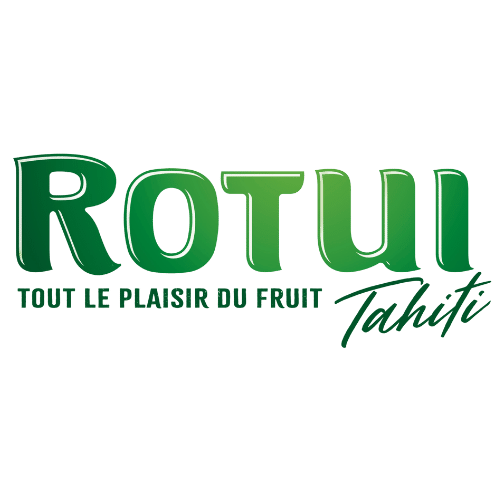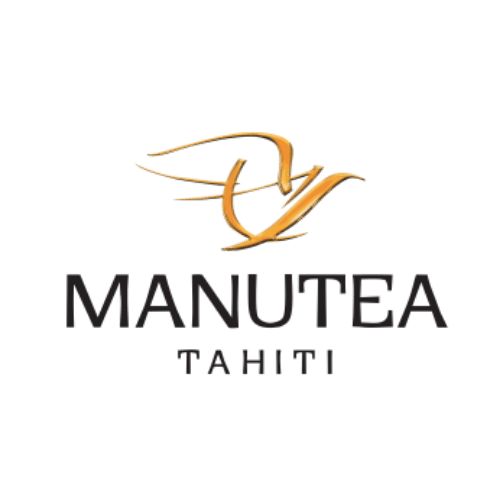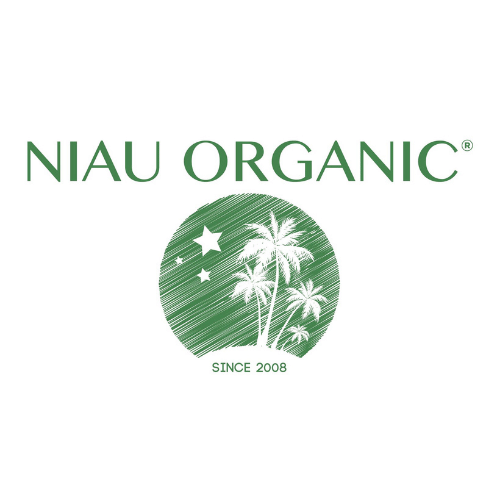
| Noni | |
|
Noni is a scrub, widespread in the Pacific islands, Asia and Australia. Deeply rooted in traditional Tahitian culture, Noni has been used for over 2000 years by the Polynesian people, and is considered as a panacea.
|
Noni was also used as projectiles for slingshots. The greenfruit is very hard and was indeed an excellent weapon against the opponent. It was also consumed in times of scarcity, and widely used as a medicinal plant. There is an international interest for noni thanks to its therapeutic and dietary supplements. Noni juice is said to have immunostimulatory, analgesic and anti-inflammatory properties. It protects the body from various diseases and delay aging. |
|
CULTIVATION Noni can be grown with seeds or by cuttings or layering, although seeding is the most used method.
USES The Noni plant is a major therapeutic plant from Polynesia. All of its parts (leaves, flowers, fruits, Leaves They are used to treat burns. A decoction of leaves and bark is considered as tonic and febrifuge. They are regenerating, softening and toning. |
Roots They were used as a dye. The bright yellow color was washable. Bark They also used it as red dye. Fruits The fruit is astringent and has antiseptic, antiparasitic and larvicidal properties. Orally, it is anti-diarrheal. For local application, it is emollient (rich in essential fatty acids), cleansing, healing, relieves headaches and abscesses. It is also used against diabetes, hypertension and arthritis. Recent studies have shown that the fruit contains the Proxeronine and proxeronase, xeronine precursors. This molecule is formed in the intestine and contributes to a proper assimilation of nutrients. Helping the production of xeronine would therefore help the body to feel better under any circumstances. The Noni fruit stimulates the immune system, and has analgesic effects without being toxic. |


